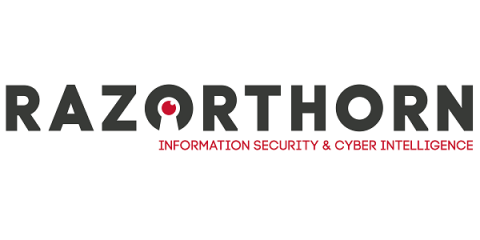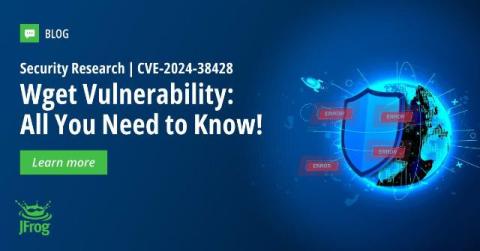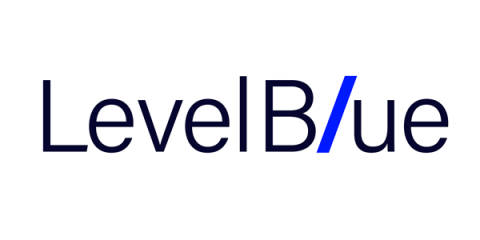Insider Risk Management Strategies to Protect Sensitive Data
Cybersecurity methods are usually focused on protecting an organization from external risk factors, but insider attacks can be just as dangerous and costly as those that originate outside an organization. In fact, insider threats pose serious security risks because they typically involve individuals with authorized access to the organization’s systems, data, or networks.










